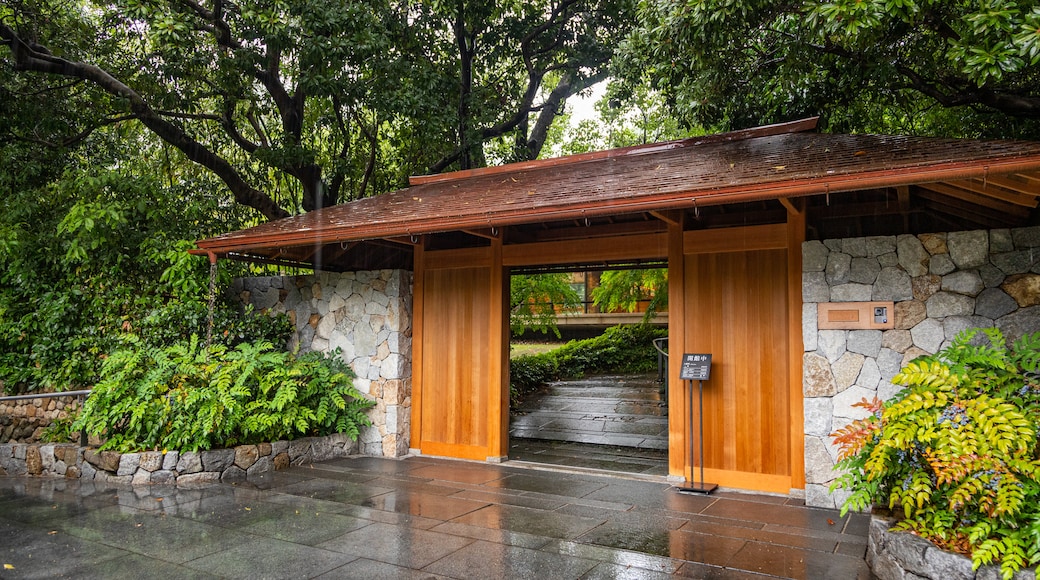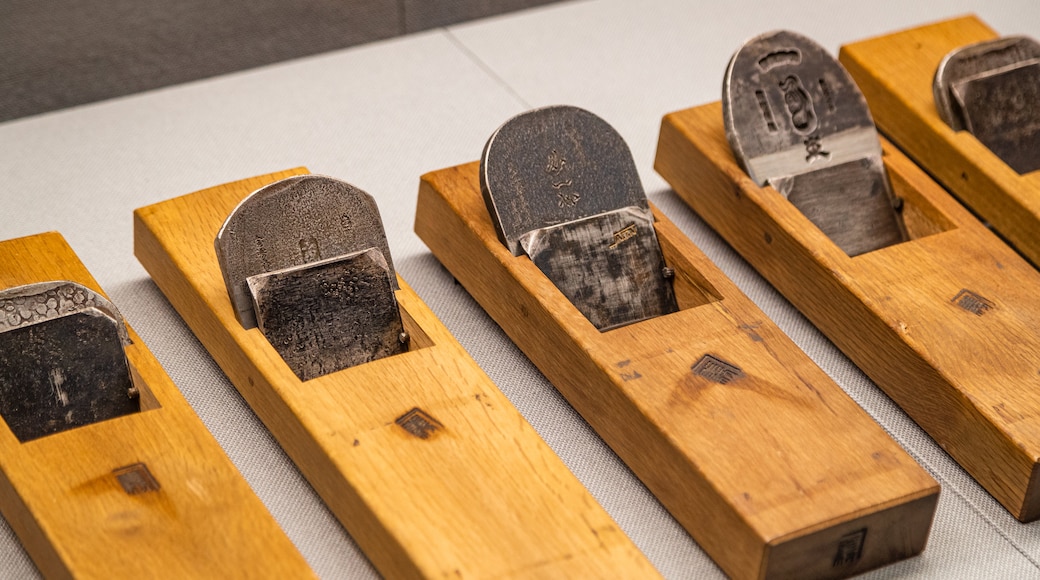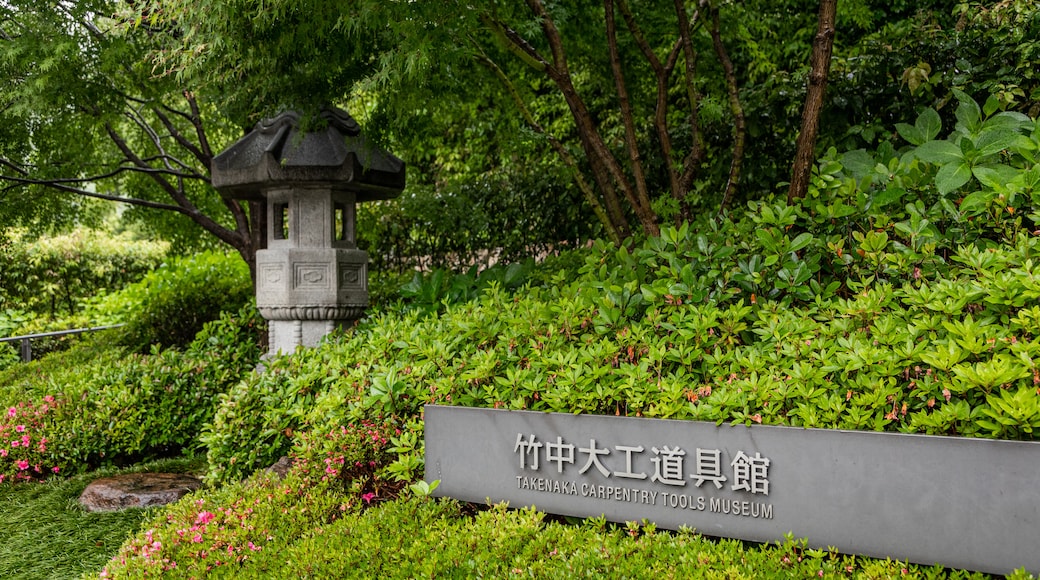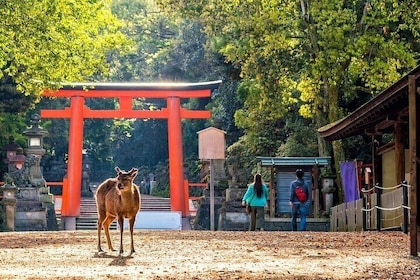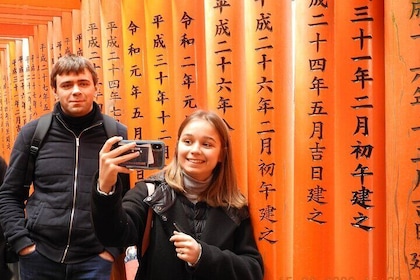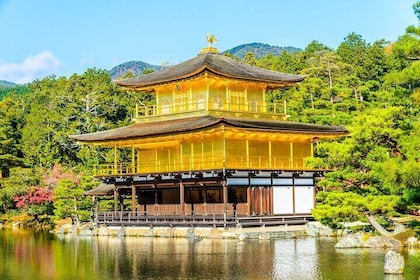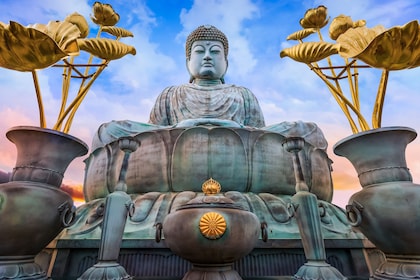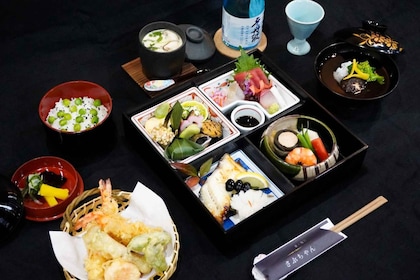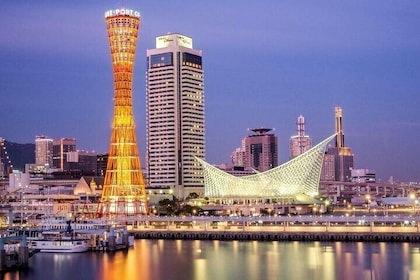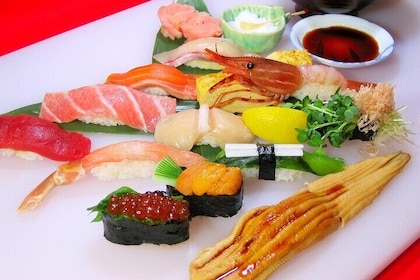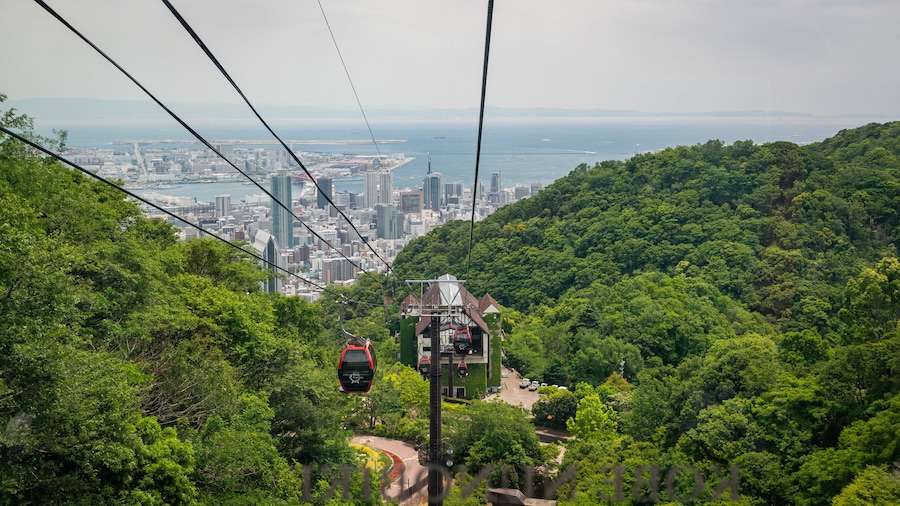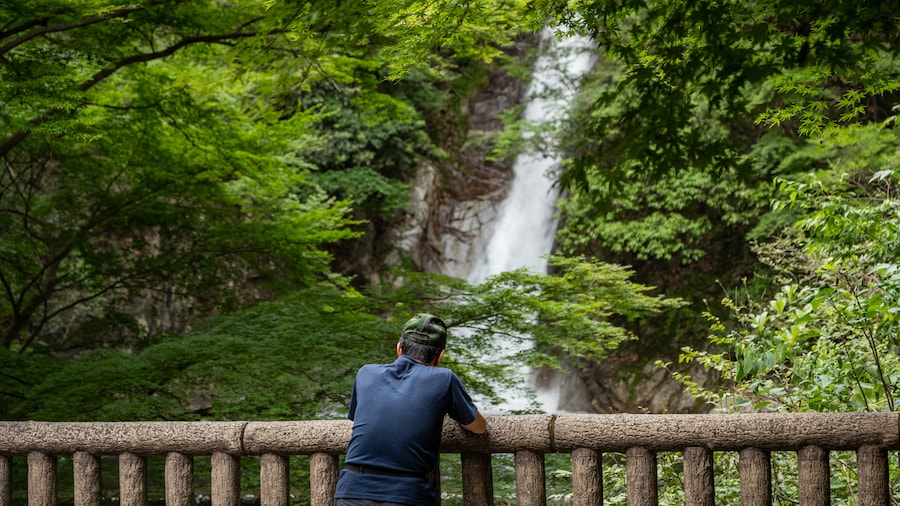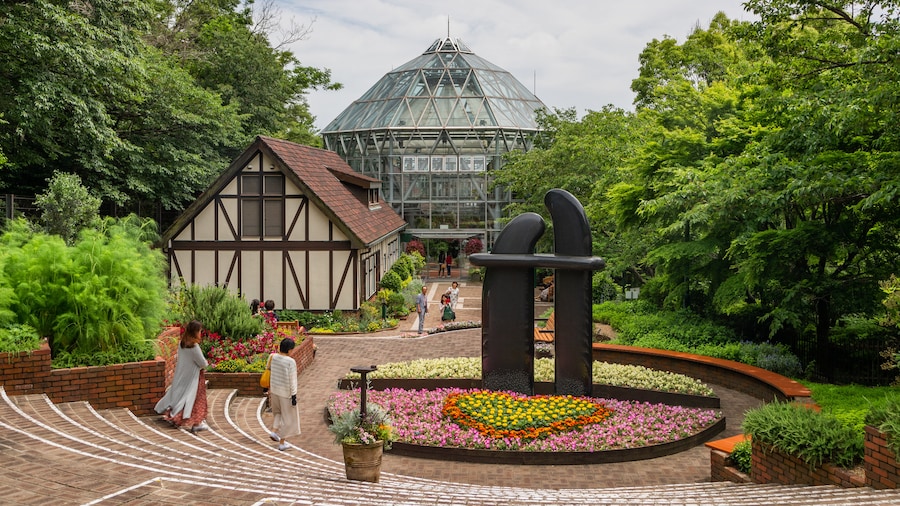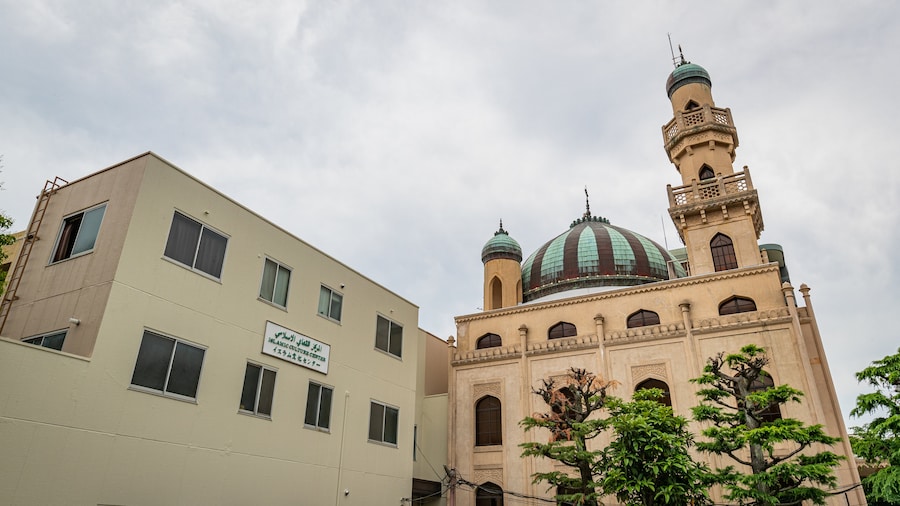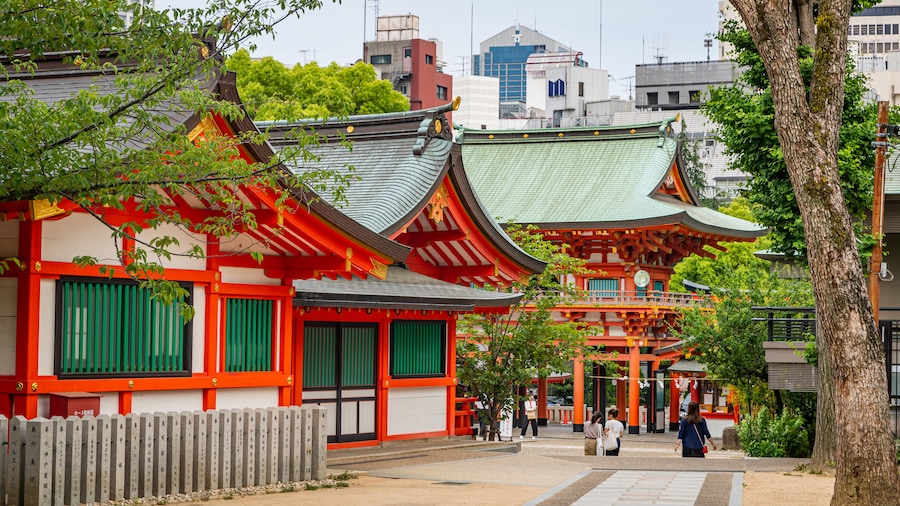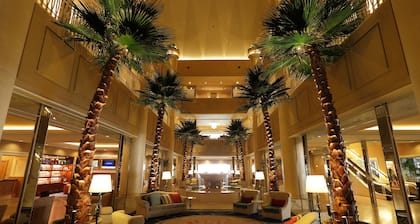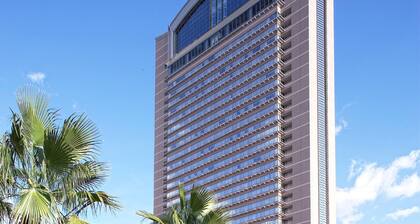Visit the Takenaka Carpentry Tools Museum to learn about tools used over the centuries by Japanese woodworkers. Their craft has delivered not only buildings, houses, handmade furniture and other items, but also a lasting cultural heritage.
Tour the exhibition spaces on three floors, two of them underground. Seven sections provide information on the history of tools and the beauty and functionality of items made by master craftsmen. See exhibits, watch and listen to videos and touch and smell wood for a multi-sensory tour.
Study many examples of woodworking hand tools such as saws, chisels, planes, mallets, squares, drills and more. Learn how Japanese tools differ from those in other regions because of the softness of the wood used in Japan.
In The Traditional Beauty of Japanese Wa exhibit, see a model of a full-scale tearoom, study the intricate design of kumiko art and view the karakami prints on sliding doors. Learning from a Master Carpenter highlights the skills and cultural tradition of revered craftsmen, while Making the Most of Wood shows how craftsmen create the most beautiful finished products by appreciating the individual characteristics of their starting materials.
The building itself combines contemporary architecture of open space and clean lines with traditional construction using Japan-sourced materials. The roof is cambered and covered with ibushi tiles from Awaji. Admire the natural wood ceiling of the lobby, which is shaped like a traditional houseboat. Stop in additional spaces of the library, woodworking room and museum shop.
The museum is open during the day from Tuesday to Sunday. There is an admission fee with discounts for seniors and college students. Younger students and preschool children can enter for free. Check online to see what special exhibitions are scheduled during your time in Kobe.
Find the Takenaka Carpentry Tools Museum close to the Shin-Kobe Station, about 1 mile (1.7 kilometers) north of the center of Kobe. While you’re in the area, hike up the slope of Mount Rokko or travel on the Shin-Kobe Ropeway to reach Nunobiki Falls, the Nunobiki Herb Garden and the Miharashi Observatory.
